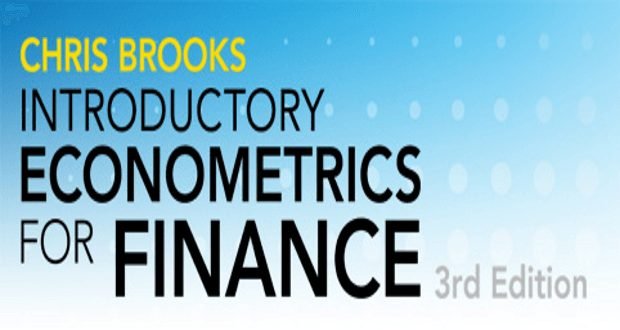180 câu trắc nghiệm Kinh tế lượng – Phần 1

Chapter 3: Review of Statistics
KTL_001_C3_1: An estimator \({\hat \mu _Y}\) of the population value \({\mu _Y}\) is consistent if
○ \({\hat \mu _Y} \to {\mu _Y}\).
○ its mean square error is the smallest possible.
○ Y is normally distributed.
● \(\bar Y \to 0\).
KTL_001_C3_2: A type II error is
○ typically smaller than the type I error.
○ the error you make when choosing type II or type I.
● the error you make when not rejecting the null hypothesis when it is false.
○ cannot be calculated when the alternative hypothesis contains an “=”.
KTL_001_C3_3: A large p-value implies
○ rejection of the null hypothesis.
● a large t-statistic.
○ a large \({{\bar Y}_{act}}\).
○ that the observed value \({{\bar Y}_{act}}\) is consistent with the null hypothesis.
KTL_001_C3_4: The power of the test
○ is the probability that the test actually incorrectly rejects the null hypothesis when the null is true.
● depends on whether you use \({\bar Y}\) or \({{\bar Y}^2}\) for the t-statistic.
○ is one minus the size of the test.
○ is the probability that the test correctly rejects the null when the alternative is true.
KTL_001_C3_5: The following statement about the sample correlation coefficient is true.
○ \( – 1 \le {r_{XY}} \le 1\).
○ \({r_{XY}} \to corr({X_i},{Y_i})\).
○ \(\left| {{r_{XY}}} \right| \le 1\).
● \({r_{XY}} = \frac{{S_{XY}^2}}{{S_X^2*S_Y^2}}\).
KTL_001_C3_6: When testing for differences of means, the t-statistic \(t = \frac{{{{\bar Y}_m} – {{\bar Y}_w}}}{{SE\left( {{{\bar Y}_m} – {{\bar Y}_w}} \right)}}\) , where \(SE\left( {{{\bar Y}_m} – {{\bar Y}_w}} \right) = \sqrt {\frac{{S_m^2}}{{{n_m}}} + \frac{{S_w^2}}{{{n_w}}}} \) has
○ a Student t distribution if the population distribution of Y is not normal
○ a student t distribution if the population distribution of Y is normal
○ a normal distribution even in small samples
● cannot be computed unless \({n_m} = {n_w}\)
KTL_001_C3_7: When testing for differences of means, you can base statistical inference on the
● Student t distribution in general
○ Normal distribution regardless of sample size
○ Student t distribution if the underlying population distribution of Y is normal, the two groups have the same variances, and you use the pooled standard error formula
○ Chi-squared distribution with (\({n_m} + {n_w} – 2\)) degrees of freedom
KTL_001_C3_8: Assume that you have 125 observations on the height (H) and weight (W) of your peers in college. Let SE(HW) = 68, SE(H) = 3.5, SE(W) = 68. The sample correlation coefficient is
○ 1.22
● 0.50
○ 0.67
○ Cannot be computed since males and females have not been separated out.
KTL_001_C3_9: You have collected data on the average weekly amount of studying time (T) and grades (G) from the peers at your college. Changing the measurement from minutes into hours has the following effect on the correlation coefficient:
○ decreases the r(TG) by dividing the original correlation coefficient by 60
○ results in a higher r(TG)
● cannot be computed since some students study less than an hour per week
○ does not change the r(TG)
KTL_001_C3_10: A low correlation coefficient implies that
○ the line always has a flat slope
○ in the scatterplot, the points fall quite far away from the line
● the two variables are unrelated
○ you should use a tighter scale of the vertical and horizontal axis to bring the observations closer to the line
